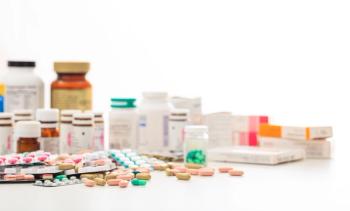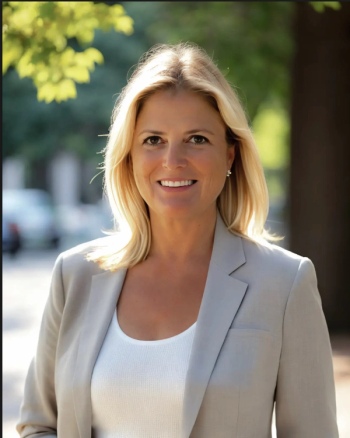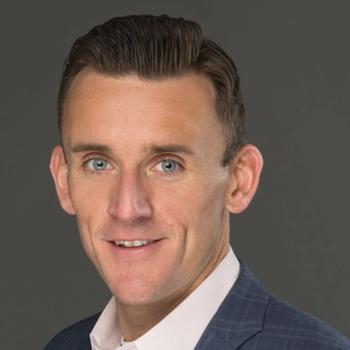
Microsoft Means Business with LinkedIn
Last month Microsoft bought LinkedIn. What does this mean for pharm execs using the platform? Peter Houston reports.
Last month brought the biggest digital deal we’ve seen for a long time: Microsoft, one of the world’s first tech Unicorns, bought LinkedIn, the world’s largest online professional network.
At $26 billion, this is a very big deal between two serious players with none of the froth that surrounded other recent social media acquisitions… this is all about business.
LinkedIn,
Beyond recruitment, businesses use LinkedIn as a sales and marketing platform, a place to find suppliers and even investors. It’s also an increasingly important news source with individuals and companies posting regular updates and opinions on LinkedIn’s company pages and its ‘Pulse’ publishing platform.
Microsoft is shifting focus to cloud-based services, including the online evolution of its Office suite, Office365. Behind the deal with LinkedIn is CEO Satya Nadella’s belief that access to the professional network will help it make up ground lost in the shift away from desktop technology.
According to the
He wants to combine the tools people use in their daily jobs, such as the programs in Microsoft’s Office suite programs, with the professional connections fostered by LinkedIn’s network. Picture professional profiles inside your meeting schedule or tutorials from LinkedIn’s Lynda.com right inside Excel or Powerpoint.
A way in to social media
Microsoft is also looking for a way into social media, a space where the world’s original software giant has been left standing by newcomers like Facebook. It tried to catch up by buying Yammer in 2012, but has seen no real return in a very competitive business collaboration space.
Growth has been a challenge for Microsoft, which already dominates the professional software space with 1.2 billion Office users worldwide. Times have been tough at LinkedIn, where the rate new members are signing up has slowed and its share price have been under sever pressure.
What does all this mean for pharm execs using the LinkedIn platform?
Probably not too much in the short term. It will take regulators moths to approve the deal and LinkedIn will retain its ‘distinct brand, culture and independence’ according to the initial acquisition statement.
So if you like LinkedIn the way it is, you should be OK for a while. However, when the deal does go through, you can expect mean more ads and more pressure to buy into the network’s premium services. “Microsoft is going to work harder to collect more and larger fees from individual users and corporations,” says Matt Sweetwood on
For some that may be the straw that breaks the camel’s back and Sweetwood is predicting an exodus to competitors like the Spanish social upstart
I don’t know much about beBee yet, but I do know that I am seeing a growing unhappiness amongst many LinkedIn users. The biggest problem is that users are breaking the professional etiquette that has ruled the network and posting more and more direct sales pitches personal content.
Silly word games, bizarre selfies and posts celebrating family triumphs and tragedies are becoming increasingly common in LinkedIn’s news feed. While a certain level of humour or individuality can brighten up any environment, the lines are blurring between LinkedIn and the other social networks, much to the unhappiness of a growing number of users.
Search Google for ‘LinkedIn is not Facebook’ and you’ll get any number of posts pleading for the network to return to its professional roots. “LinkedIn is a business network… not the 2016 version of MySpace,” writes Marianne Vanella on
So is LinkedIn still somewhere Pharma can still do business?
Well there are almost 10,000 members on
The Pharma community has always quite liked the comparative safety of LinkedIn’s safe ‘We’re all professionals here’ ethos.
Besides looking for talent, companies are using the platform to profile themselves, using regular posts and whitepapers to introduce and update what they do, and joining relevant Pharma groups to connect and listen to other professionals. Astra Zeneca, Novartis and Johnson and Johnson each have hundreds of thousands of followers on LinkedIn. Pfizer has over a million.
The advice, as always is to stick to talking about your business, not your products. Just like everywhere else on social media, drug promotion is a no no.
LinkedIn with Microsoft’s backing is a formidable force; their combined reach is unrivalled in the business world. But the two operations have a way to go before they can say this deal has worked out. LinkedIn has to re-focus their newsfeed back to business, even before they get to grips with a serious software integration program.
Only then will we see the potential to change the way the world works, as Jeff Wiener, LinkedIn Chief Executive, optimistically claimed when announcing the deal.
Newsletter
Lead with insight with the Pharmaceutical Executive newsletter, featuring strategic analysis, leadership trends, and market intelligence for biopharma decision-makers.





